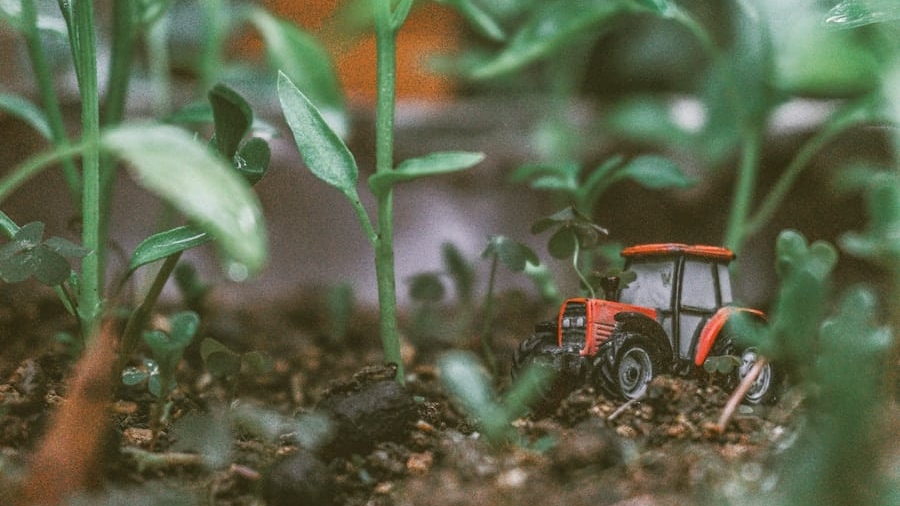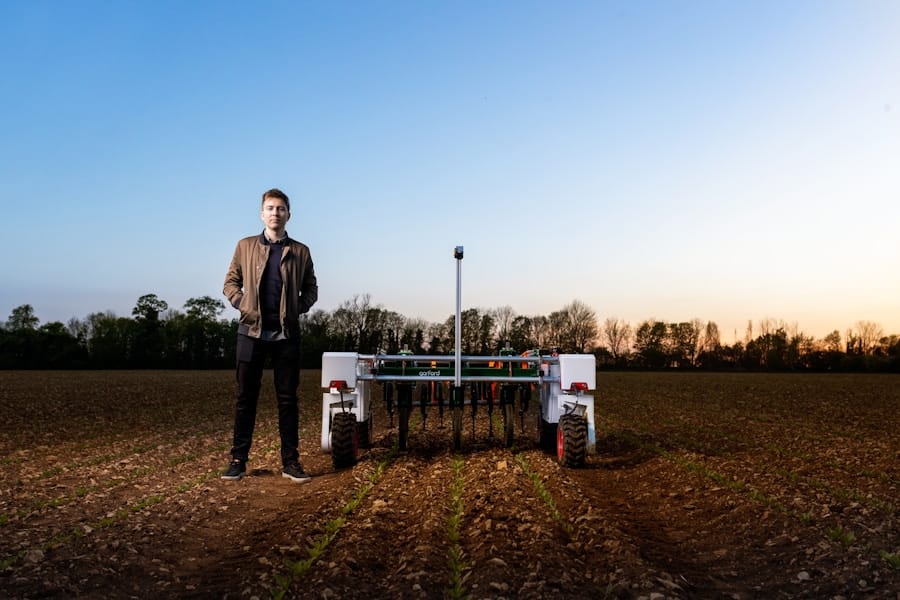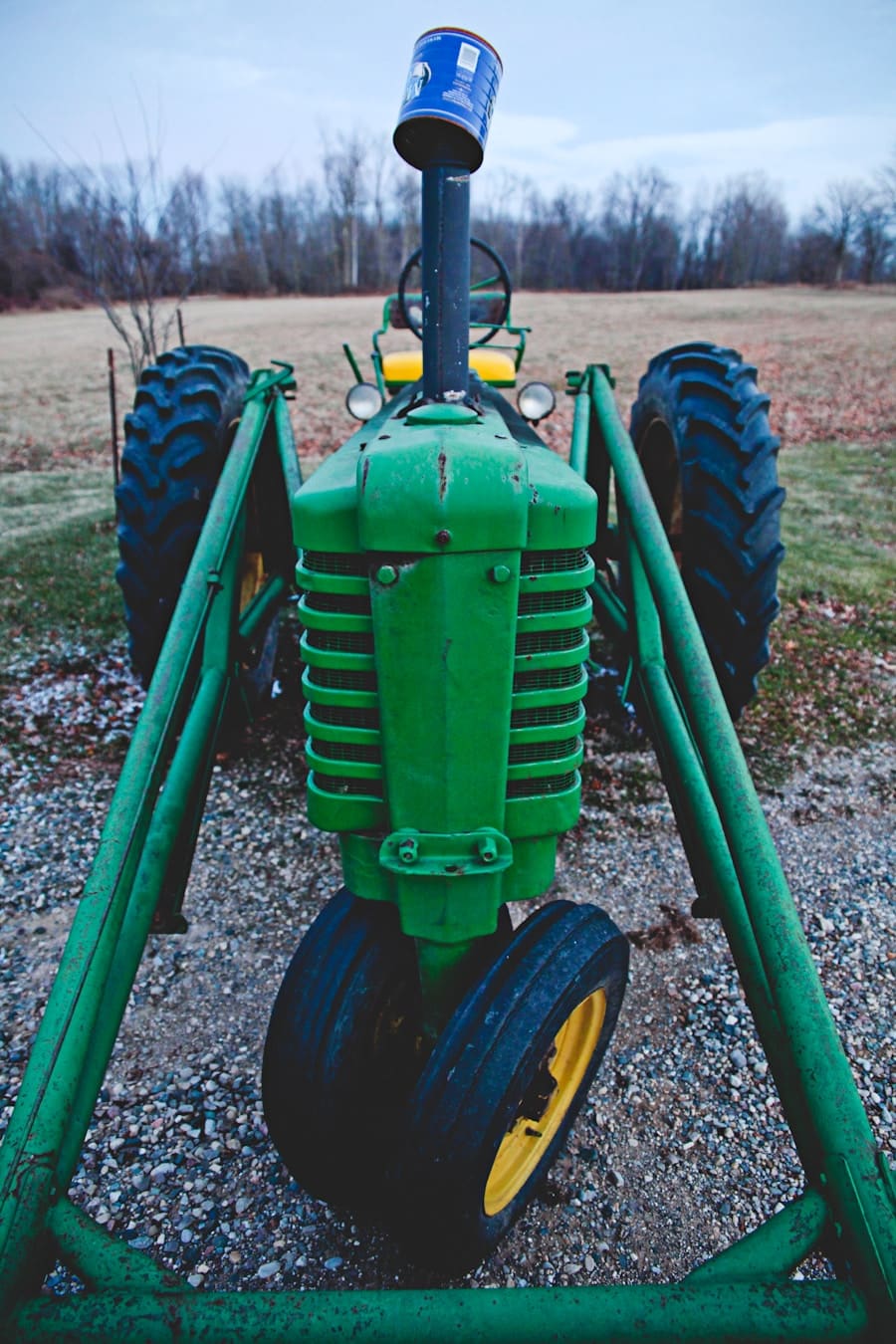Agricultural labor shortages have emerged as a pressing issue in many regions around the globe, particularly in developed countries where the agricultural sector is heavily reliant on seasonal workers. The reasons for these shortages are multifaceted, encompassing demographic shifts, changing immigration policies, and the increasing difficulty of attracting younger generations to farm work. As populations age and fewer young people are willing to engage in physically demanding agricultural jobs, farmers face significant challenges in maintaining productivity levels.
This situation is exacerbated by the growing demand for food driven by population growth and changing dietary preferences, which places additional pressure on agricultural systems. The implications of labor shortages in agriculture are profound. Farmers may struggle to plant, tend, and harvest crops on time, leading to reduced yields and financial losses.
Moreover, the reliance on a limited pool of labor can result in increased labor costs, further squeezing profit margins. In response to these challenges, the agricultural sector is increasingly turning to technology as a solution. The rise of agricultural robotics represents a significant shift in how farming operations are conducted, offering innovative ways to address labor shortages while enhancing efficiency and productivity.
Key Takeaways
- Agricultural labor shortages are a growing concern in the industry, leading to the exploration of robotic solutions.
- The rise of agricultural robotics has provided innovative and efficient alternatives to traditional labor-intensive practices.
- Robotic solutions for harvesting crops have improved efficiency and reduced the reliance on manual labor.
- Automated weeding and pest control technologies have helped to minimize the impact of labor shortages on crop maintenance.
- Advancements in planting and seeding technologies have revolutionized the way crops are sown, addressing labor shortages and increasing efficiency.
The Rise of Agricultural Robotics
The advent of agricultural robotics marks a transformative phase in modern farming practices. As technology continues to evolve, robots are being designed specifically for various agricultural tasks, from planting and harvesting to monitoring crop health. This shift is not merely a trend; it reflects a broader movement towards automation in industries where labor shortages are prevalent.
One of the most significant factors contributing to the rise of agricultural robotics is the advancement in artificial intelligence (AI) and machine learning technologies. These innovations enable robots to perform complex tasks with precision and adaptability.
For instance, AI-powered robots can analyze data from sensors and cameras to make real-time decisions about crop management. This capability allows farmers to optimize their operations, ensuring that resources are used efficiently while minimizing waste. As a result, agricultural robotics not only addresses labor shortages but also enhances overall farm productivity.
Robotic Solutions for Harvesting Crops
Harvesting is one of the most labor-intensive processes in agriculture, often requiring large numbers of seasonal workers to ensure that crops are picked at the right time. Robotic solutions for harvesting have emerged as a viable alternative, with various companies developing machines capable of performing this task with remarkable efficiency. For example, companies like Harvest CROO Robotics have created strawberry-picking robots that can navigate fields autonomously, identify ripe fruit using advanced imaging technology, and pick them without damaging the plants.
These robotic harvesters are equipped with sophisticated sensors and algorithms that allow them to differentiate between ripe and unripe fruit, ensuring that only the best produce is collected. This level of precision not only increases yield but also reduces waste, as fewer unripe fruits are harvested. Additionally, robotic harvesters can operate around the clock, significantly increasing the speed at which crops can be harvested compared to traditional methods.
This capability is particularly crucial for crops that have a short window for optimal harvesting, such as berries and certain vegetables.
Automated Weeding and Pest Control
Weeding and pest control are critical components of successful crop management, yet they often require extensive manual labor and chemical applications that can be harmful to the environment. The introduction of automated weeding solutions represents a significant advancement in sustainable agriculture practices. Robots designed for weeding can identify unwanted plants through advanced imaging systems and remove them with precision, minimizing the need for herbicides and reducing chemical runoff into surrounding ecosystems.
For instance, companies like Blue River Technology have developed robots that utilize machine learning algorithms to distinguish between crops and weeds. These robots can selectively apply herbicides only where necessary, significantly reducing chemical usage while maintaining crop health. This targeted approach not only lowers costs for farmers but also aligns with growing consumer demand for sustainably produced food.
Furthermore, automated pest control systems are being developed that use drones or ground-based robots to monitor pest populations and apply treatments only when thresholds are exceeded, further enhancing the sustainability of agricultural practices.
Advancements in Planting and Seeding
The planting process is another area where robotics is making significant strides. Traditional planting methods can be labor-intensive and time-consuming, often requiring multiple passes over a field to ensure proper seed placement and spacing. Robotic planting solutions streamline this process by utilizing precision technology that allows for accurate seed placement at optimal depths and spacing.
For example, companies like Precision Planting have developed advanced planting systems that integrate GPS technology and data analytics to optimize planting patterns based on soil conditions and crop requirements. These systems can adjust planting depth and spacing in real-time, ensuring that each seed has the best chance of germination and growth. By automating the planting process, farmers can save time and labor costs while improving overall crop yields.
Moreover, advancements in seed technology have also played a role in enhancing planting efficiency. Seed coatings that promote faster germination or protect against pests can be integrated into robotic planting systems, further increasing the likelihood of successful crop establishment. As these technologies continue to evolve, the potential for increased efficiency in planting will become even more pronounced.
The Role of Drones in Precision Agriculture
Monitoring Crop Health from Above
Equipped with high-resolution cameras and sensors, drones can capture detailed aerial imagery that allows farmers to monitor their fields from above. This capability enables farmers to identify issues such as nutrient deficiencies, pest infestations, or water stress before they become critical problems.
Targeted Applications for Increased Efficiency
The use of drones in agriculture extends beyond monitoring; they can also be employed for targeted applications such as spraying fertilizers or pesticides. By utilizing drones for these tasks, farmers can achieve greater accuracy and reduce chemical usage compared to traditional methods. For instance, drones can apply treatments only where needed based on real-time data analysis, minimizing environmental impact while maximizing crop health.
Data-Driven Decision Making
Furthermore, drones facilitate data collection that can be integrated into farm management systems. This data-driven approach allows farmers to make informed decisions about resource allocation and crop management strategies. As drone technology continues to advance, their role in precision agriculture will likely expand, offering even more sophisticated tools for monitoring and managing crops effectively.
The Impact of Agricultural Robotics on Labor Efficiency
The integration of robotics into agriculture has profound implications for labor efficiency across the sector. By automating repetitive and labor-intensive tasks such as planting, harvesting, weeding, and monitoring crops, farmers can significantly reduce their reliance on human labor while increasing productivity. This shift not only addresses immediate labor shortages but also allows farmers to allocate their workforce more strategically.
For instance, with robotic harvesters capable of working around the clock, farmers can optimize their harvest schedules based on weather conditions and crop readiness rather than being constrained by labor availability. This flexibility leads to better timing in harvesting operations, which is crucial for maximizing yield quality and minimizing losses due to overripening or spoilage. Moreover, as robots take over more routine tasks, human workers can focus on higher-value activities that require critical thinking and problem-solving skills.
This shift could lead to a transformation in the agricultural workforce, where workers are engaged in roles that leverage their expertise rather than performing monotonous tasks. As a result, the overall efficiency of agricultural operations is likely to improve significantly.
Future Outlook for Agricultural Robotics and Labor Shortages
Looking ahead, the future of agricultural robotics appears promising as technology continues to advance at an unprecedented pace. The ongoing development of AI algorithms, machine learning capabilities, and sensor technologies will likely lead to even more sophisticated robotic solutions tailored specifically for agriculture. As these technologies become more accessible and affordable for farmers of all sizes, we can expect widespread adoption across the industry.
In addition to addressing current labor shortages, agricultural robotics may also play a crucial role in meeting future food demands driven by population growth and changing dietary preferences. As global populations continue to rise, the pressure on agricultural systems will intensify. Robotics offers a pathway to increase production efficiency while minimizing environmental impact through sustainable practices.
Furthermore, collaboration between technology developers and agricultural stakeholders will be essential in shaping the future landscape of farming. By working together to identify specific challenges faced by farmers and developing tailored solutions, the agricultural sector can harness the full potential of robotics to create a more resilient and efficient food production system. As we move forward into an era defined by technological innovation in agriculture, it is clear that robotics will play an integral role in shaping the future of farming—addressing labor shortages while enhancing productivity and sustainability across the sector.
A related article discussing the best headphones for 2023 can be found at this link. This article explores the latest advancements in headphone technology and provides recommendations for the top headphones on the market. As agricultural robotics continue to address labor shortages in the industry, advancements in technology across various sectors, including audio equipment, are also making significant strides.
FAQs
What is agricultural robotics?
Agricultural robotics refers to the use of robots and automation technology in farming and agricultural processes. These technologies are designed to perform tasks such as planting, harvesting, weeding, and monitoring crops.
How is agricultural robotics addressing labor shortages in the farming industry?
Agricultural robotics is addressing labor shortages in the farming industry by automating repetitive and labor-intensive tasks that are traditionally performed by human workers. This helps farmers to maintain productivity and efficiency, even when facing a shortage of available labor.
What are some examples of agricultural robotics in use today?
Some examples of agricultural robotics in use today include autonomous tractors for planting and harvesting, robotic arms for picking fruits and vegetables, drones for monitoring crop health, and automated weeding systems.
What are the benefits of using agricultural robotics?
The benefits of using agricultural robotics include increased efficiency and productivity, reduced labor costs, improved crop quality and yield, and the ability to address labor shortages in the farming industry.
Are there any challenges associated with implementing agricultural robotics?
Some challenges associated with implementing agricultural robotics include the high initial investment costs, the need for specialized training and maintenance of the technology, and potential job displacement for farm workers. Additionally, the technology may not be suitable for all types of crops and farming environments.



